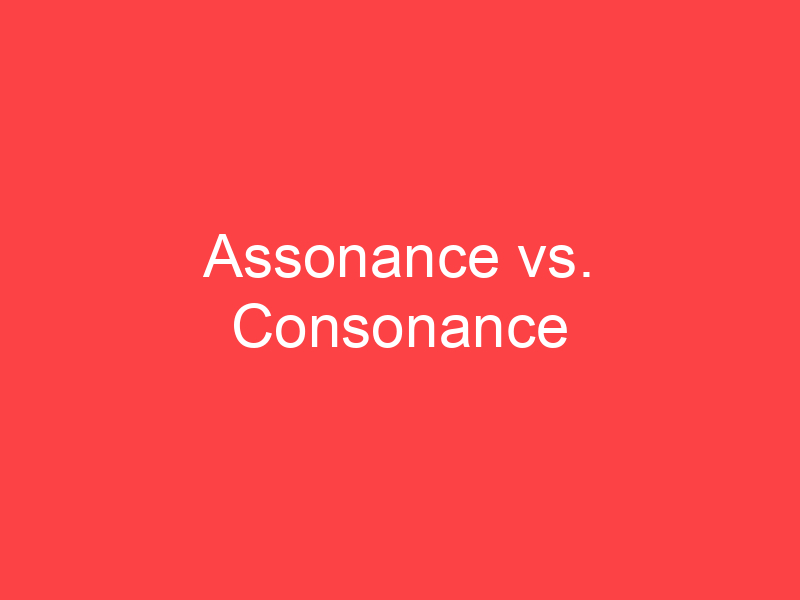-
Assonance
Assonance is a resemblance in the sounds of words/syllables either between their vowels (e.g., meat, bean) or between their consonants (e.g., keep, cape). However, assonance between consonants is generally called consonance in American usage. The two types are often combined, as between the words six and switch, in which the vowels are identical, and the consonants are similar but not completely identical. If there is repetition of the same vowel or some similar vowels in literary work, especially in stressed syllables, this may be termed vowel harmony.A special case of assonance is rhyme, in which the endings of words (generally beginning with the vowel sound of the last stressed syllable) are identical—as in fog and dog or history and mystery. Vocalic assonance is an important element in verse. Assonance occurs more often in verse than in prose; it is used in English-language poetry and is particularly important in Old French, Spanish, and the Celtic languages.
-
Assonance (noun)
The repetition of similar or identical vowel sounds (though with different consonants), usually in literature or poetry.
-
Consonance (noun)
The repetition of consonant sounds, but not vowels as in assonance.
-
Consonance (noun)
Harmony; agreement; lack of discordance.
-
Assonance (noun)
resemblance of sound between syllables of nearby words, arising particularly from the rhyming of two or more stressed vowels, but not consonants (e.g. sonnet, porridge), but also from the use of identical consonants with different vowels (e.g. killed, cold, culled)
“alliterative assonances such as ‘fail’ and ‘fall’ are very common in Old English poetry”
“the use of assonance throughout the poem creates the sound of despair”

